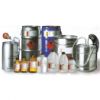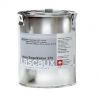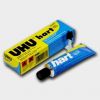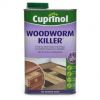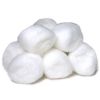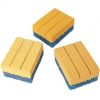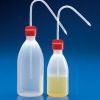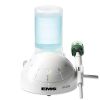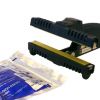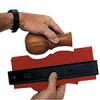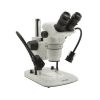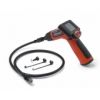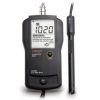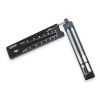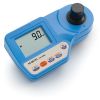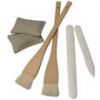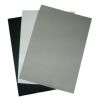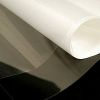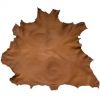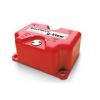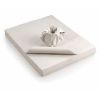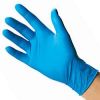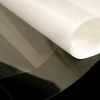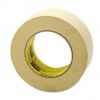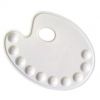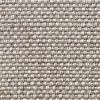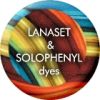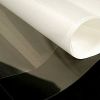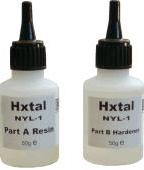|
Hxtal Nyl-1 was the first epoxy adhesive to be developed specifically for conservation use. A two part, low viscosity, epoxy it has exceptional non -yellowing properties combined with high strength characteristics. Used primarily for glass and ceramic mending it also makes an excellent clear glaze as it can be air-brushed with a variety of solvents (e.g. toluene, leksol, acetone and methyl ethyl ketone). This low viscosity, hard, water-white, glass like epoxy also adheres strongly to metal, wood, ivory and marble.
|
| |
|
Specifications
|
| |
|
Mixing
|
| |
|
For best results Hxtal Nyl-1 should be accurately mixed, as cure time will be affected by incorrect mixing. The mixing ratio is: three (3) parts A (resin) to one (1) Part B (hardener). Mix in a clear glass or polythene container ensuring parts are thoroughly mixed.
|
| |
|
Application
|
| |
|
Once mixed Hxtal Nyl-1 will be very thin and this is suitable for all applications where a thin bond line is required, this however may be too thin for porous parts that require an amount of gap filling. For porous parts and small gap filling a thicker consistency is required. To thicken the adhesive cover the container, allowing it to stand for a few hours. Freshly mixed Hxtal Nyl-1 is very thin and penetrates deep into the smallest crack, to increase the penetration warm the crack with a hair dryer or low voltage lamp.
|
| |
|
Cure Time
|
| |
|
In normal use Hxtal Nyl-1 is a slow curing adhesive. At 75oF: Handling strength is achieved in approximately 23-24 hours (90% of cure is achieved in 7 days).
Cure times can be shorten sharply by preheating the mix (and the object, provided its condition allows) to 38οC for 15 to 20 minutes before use, and for an even faster cure, immediately after mixing raise the temperature to 60οC to 70οC for 1 to 2 minutes. After cooling, the preheated resin has a viscosity of the epoxies commonly sold in tubes and the cure time is just a few minutes. Warming the cemented object up to 60οC can also shorten the cure time. We recommend caution though since if the warming is started too soon after the application of the adhesive, the adhesive may thin and run away from the joint.
|
| |
|
Clean-Up
|
| |
|
To clean surplus adhesive from the repair site allow Hxtal Nyl-1 to cure for 24-30 hours physically carefully scraping away any surplus with a one-sided razor or sharp knife. Solvents soaked into a cloth may be used away from the joint but remember that should the solvent come into contact with the adhesive it may penetrate the joint weakening or even breaking the joint.
|
|
|
|
Colouring
|
| |
|
Powder pigments should be ground to between 30-40 microns for best possible dispersion. Titanium dioxide can also be used to match the translucency of fine porcelain.
|
| |
|
Physical Properties
|
|
|
|
Appearance:
|
Colourless, clear, two part epoxy resin
|
|
|
|
|
Tensile strength:
|
5.400 psi
|
|
|
|
|
Tensile modulus:
|
316.000 psi
|
|
|
|
|
Elongation:
|
3%
|
|
|
|
|
Flexural strength:
|
10.100 psi
|
|
|
|
|
Flexural modulus:
|
365.000 psi
|
|
|
|
|
Impact strength:
|
0.14 ft lbs/in
|
|
|
|
|
Heat distortion temperature 264/66 psi:
|
37.5°C / 39°C
|
|
|
|
|
Hardness (shore D) 0/10 secs:
|
78 / 73
|
|
|
|
|
Refractive index:
|
1,549
|
|
|
|
|
Surface pencil hardness (7 days cure 25°C 4 X 0.5 X 0.125 inch sample)
|
|
|
|
24 hours <3Β
|
|
|
72 hours Β
|
|
|
96 hours ΗΒ
|
|
|
14 days F
|
|
|
|
|
Gel time, 110 gr mass
|
|
|
|
65°C 25 min
|
|
|
38°C 262 min
|
|
|
|
|
Cure of 0.2 mm at 25°C
|
|
|
Cure to touch:
|
15 hours
|
|
Full cure:
|
30 hours
|



